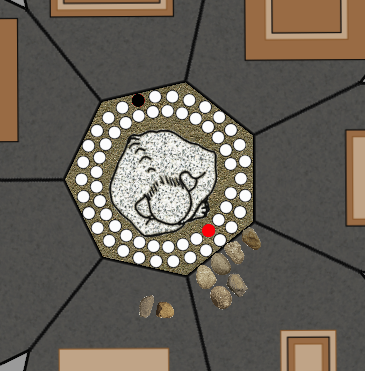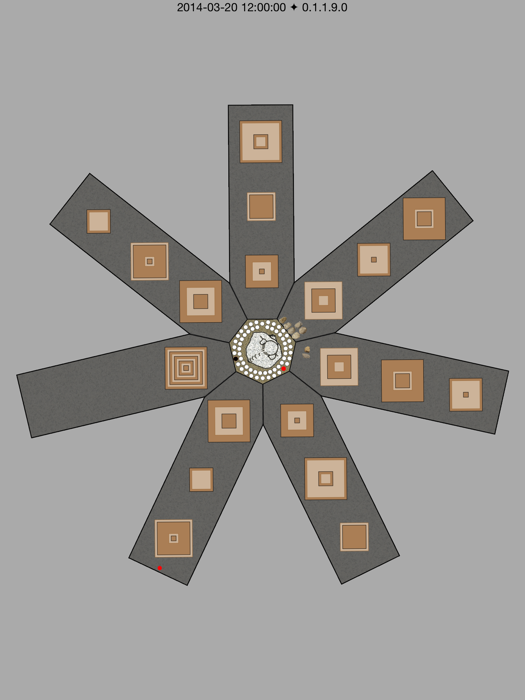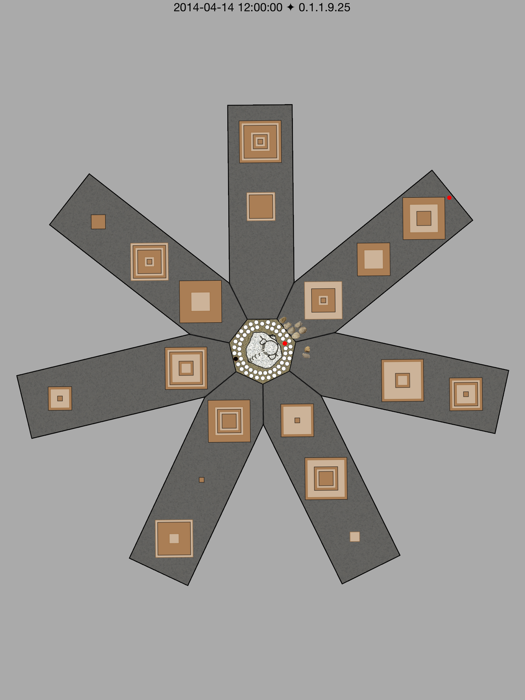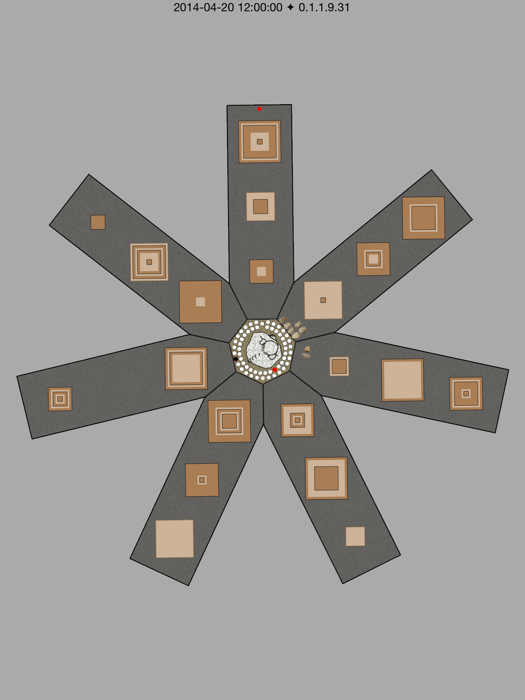Item
|
Calculation
|
| Number of moves to move a tower one position |
29 - 1 = 511 moves |
| Number of moves to move a tower three positions (back to original
position) |
3 * (29 - 1) = 3 * 511 = 1533
moves |
| Offset from one platform to the next |
1533 / 7 = 219 moves |
| Intervals for all 7 platforms: 0, +219, +438, +657, etc. mod 511 |
0, 219, 438, 146, 365, 73, 292 |
| Quint (smallest interval
between consecutive tower completions from previous row) |
1533 moves / (7 platforms * 3 towers/platform) = 73
moves per tower
|
| Year (unadjusted for leap days) is 5 quints |
73 * 5 = 365 moves |
| Year (after first adjustment where troll rests) |
365 * 1534 / 1533 = 365.2381
days (365 moves) |
| Normal number of days between stone moves |
1533 + 1 = 1534
days |
| Days between stone moves (after the last stone is moved off a
platform) |
1534 - 219 = 1315 days |
| Days to move all 8 stones over by one platform |
7 * 1534 + 1315 = 12053 days
(33 years) |
| Days to move all 8 stones back to original position (seven
platforms) |
7 * 12053 = 84371 days (231 years) |
| Year (after second adjustment) |
365 * (7 * 1534 + (1534 - 219)) / (7 * 1533 + 1314) = 365.2424
days
or simply 12053/33 = 365 8/33
days
|
| 29 position inner loop alternating with 30 position outer loop
(basic lunar period) |
(29 + 30) / 2 = 29.5 moves per
lunation |
| Lunation length in days adjusted by leap year adjustments |
29.5 * (12053 / 33) / 365 = 29.51959
days per lunation |
| Length of Troll Calendar Metonic Cycle |
73 moves/quint * 19 quints = 1387
moves |
| Lunar moves in one Troll Calendar Metonic Cycle. |
30 * 24 + 29 * 23 = 1387 moves |
| Days in lunar Metonic Cycle |
1387 * (12053 / 33) / 365 = 1387.9212
days |
| Lunations in Troll Calendar Metonic Cycle |
47 lunations |
| Days in Troll Calendar lunation before long term correction |
1387.9212 / (47) = 29.530239
days |
| Lunar correction by 1/30 lunation once per complete circuit of
stones |
1/30 lunation every 231 years |
| Days in Troll Calendar lunation (after 231 year adjustment) |
29.530239 * (84371 + 29.530239/30) / (84371) = 29.530583
days |



